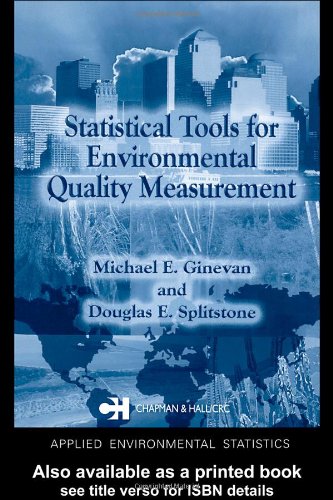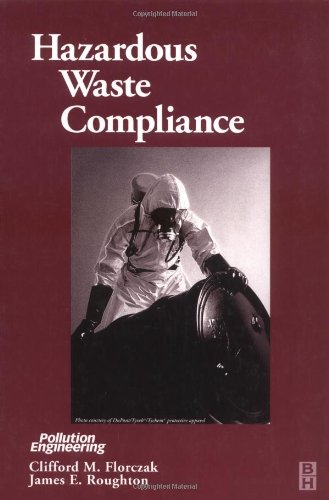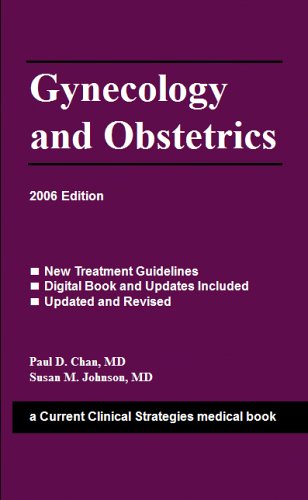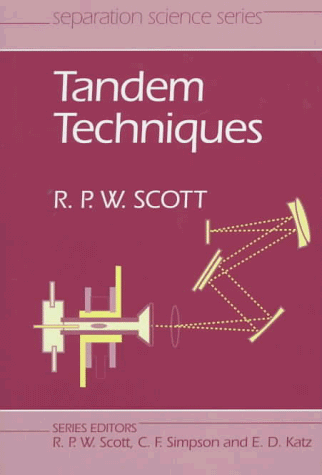Douglas E. Splitstone, Michael E. Ginevan9781584881575, 1-58488-157-7
Table of contents :
Statistical Tools for Environmental Quality Measurement……Page 1
Table of Contents……Page 3
Preface……Page 7
An Overview of This Book……Page 8
References……Page 10
About the Authors……Page 11
CHAPTER 1: Sample Support and Related Scale Issues in Sampling and Sampling Design*……Page 13
Table of Contents……Page 0
The Story of the Stones……Page 15
What about Soil?……Page 16
Assessment of Measurement Variation……Page 18
Mixing Oil and Water — Useful Sample Compositing……Page 20
Useful Compositing — The Dirty Floor……Page 22
Comments on Stuff Blowing in the Wind……Page 23
Sampling Design……Page 25
Institutional Impediments to Sampling Design……Page 26
Epilogue……Page 28
References……Page 29
The Geometric Mean……Page 31
Dispersion……Page 32
The Sample Range……Page 33
The Interquartile Range……Page 34
The Logarithmic and Geometric Variance and Standard Deviation……Page 35
Box and Whisker Plots……Page 36
Dot Plots and Histograms……Page 37
Empirical Cumulative Distribution Plots……Page 38
Describing the Distribution of Environmental Measurements……Page 40
The t Distribution……Page 41
The Log-Normal Distribution……Page 42
The Kolmogorov-Smirnov (K-S) Test for Goodness of Fit……Page 44
Normal Probability Plots……Page 47
Testing Goodness of Fit for a Discrete Distribution: A Poisson Example……Page 51
Confidence Intervals from the Normal Distribution……Page 54
Mean and Variance Relationships for Log-Normal Data……Page 56
Other Intervals for Sample Means……Page 57
Useful Bounds for Population Percentiles……Page 58
References……Page 59
CHAPTER 3: Hypothesis Testing……Page 61
Tests Involving a Single Sample……Page 63
Test Operating Characteristic……Page 66
Power Calculation and One Sample Tests……Page 68
Sample Size……Page 69
Whose Ox is Being Gored……Page 70
Nonparametric Tests……Page 71
Tests Involving Two Samples……Page 73
Sample No. 2:……Page 75
Power Calculations for the Two-Sample t-Test……Page 76
A Rank-Based Alternative to the Two-Sample t-Test……Page 77
A Simple Two-Sample Quantile Test……Page 79
More Than Two Populations: Analysis of Variance (ANOVA)……Page 81
Assumptions Necessary for ANOVA……Page 82
Multiway ANOVA……Page 84
A Nonparametric Alternative to a One-Way ANOVA……Page 85
Multiple Comparisons: Which Means are Different?……Page 86
References……Page 88
Correlation and Regression: Association between Pairs of Variables……Page 89
Spearman’s Coefficient of Rank Correlation……Page 90
Bimodal and Multimodal Data: A Cautionary Note……Page 91
Calculation of Residue Decline Curves……Page 93
Exponential Decline Curves and the Anatomy of Regression……Page 94
Regression Diagnostics……Page 99
Grouped Data: More Than One y for Each x……Page 101
Another Use of Regression: Log-Log Models for Assessing Chemical Associations……Page 104
An Example……Page 106
A Caveat and a Note on Errors in Variables Models……Page 107
Calibrating Field Analytical Techniques……Page 108
Epilogue……Page 119
References……Page 120
Calibration and Analytical Chemistry……Page 122
Quantification Limits……Page 123
Censored Data……Page 125
Expected Normal Scores……Page 126
Maximum Likelihood……Page 128
Multiply Censored Data……Page 129
The Regression Table and Plot for the 10 Largest Observations……Page 130
Estimating the Arithmetic Mean and Upper Bounds on the Arithmetic Mean……Page 131
Zero Modified Data……Page 133
Completely Censored Data……Page 134
When All Else Fails……Page 137
Fiducial Limits……Page 138
The Next Monitoring Event……Page 139
Epilogue……Page 141
References……Page 143
Introductory Remarks……Page 145
The Empirical Cumulative Distribution……Page 146
The Plug-In Principle……Page 150
The Bootstrap……Page 151
Application of the Central Limit Theorem……Page 154
The Bootstrap and the Log-Normal Model……Page 155
Bootstrap Estimation of CCDF Quantiles……Page 157
Expected Value or Tolerance Limit……Page 161
Estimation of Uranium-Radium Ratio……Page 162
Candidate Ratio Estimators……Page 163
Data Evaluation……Page 164
The Bootstrap and Hypothesis Testing……Page 166
The Bootstrap Alternative to the Two-Sample t-test……Page 167
Bootstrap to the Rescue!……Page 169
Epilogue……Page 170
References……Page 171
CHAPTER 7: Tools for the Analysis of Spatial Data……Page 173
Available Data……Page 174
Variograms……Page 176
Estimation via Ordinary “Kriging”……Page 178
Nonparametric Geostatistical Analysis……Page 181
Some Implications of Variography……Page 193
Estimated Distribution of Total Thorium Concentration……Page 194
Volume Estimation……Page 200
More About Variography……Page 202
A Summary of Geostatistical Concepts and Terms……Page 205
Epilogue……Page 207
References……Page 210
CHAPTER 8: Tools for the Analysis of Temporal Data……Page 212
Basis for Tool Development……Page 214
ARIMA Models — An Introduction……Page 216
Autoregressive Models……Page 217
Moving Average Models……Page 219
Nonstationary Models……Page 220
Model Identification, Estimation, and Checking……Page 221
Epilogue……Page 236
References……Page 238







Reviews
There are no reviews yet.